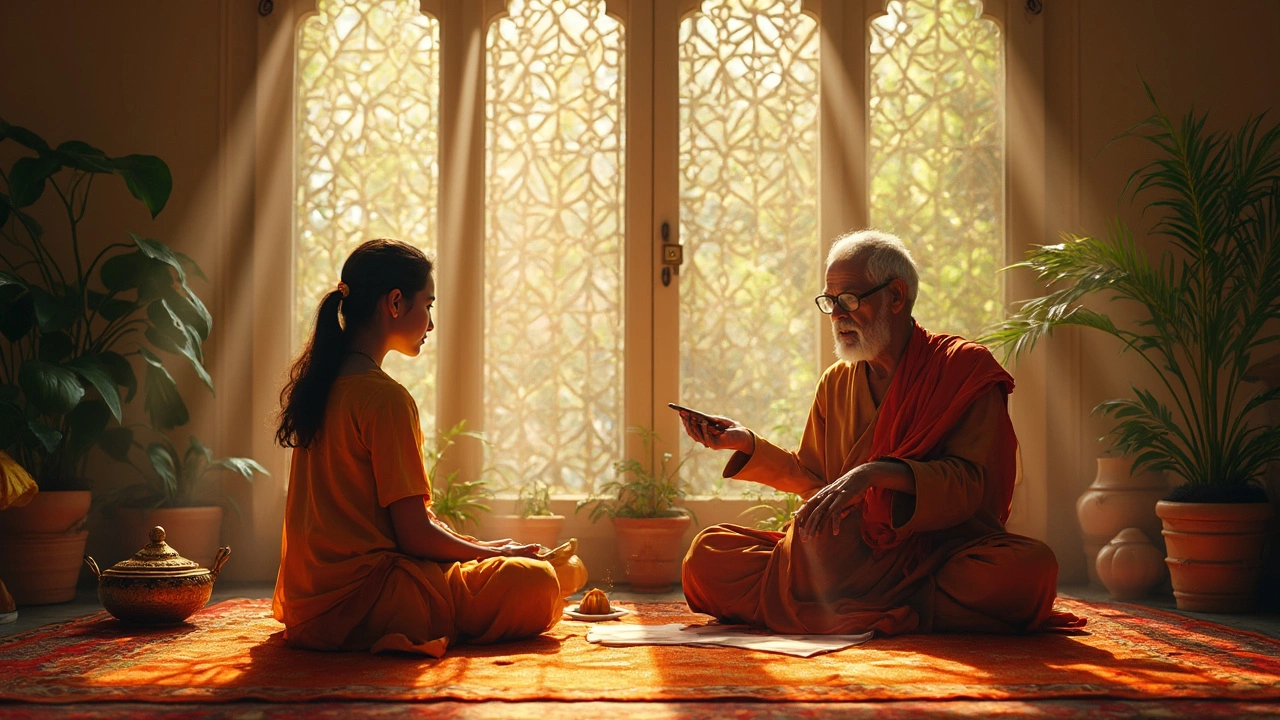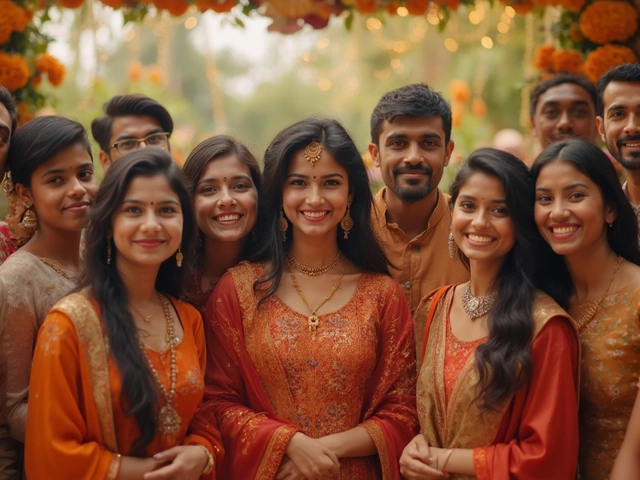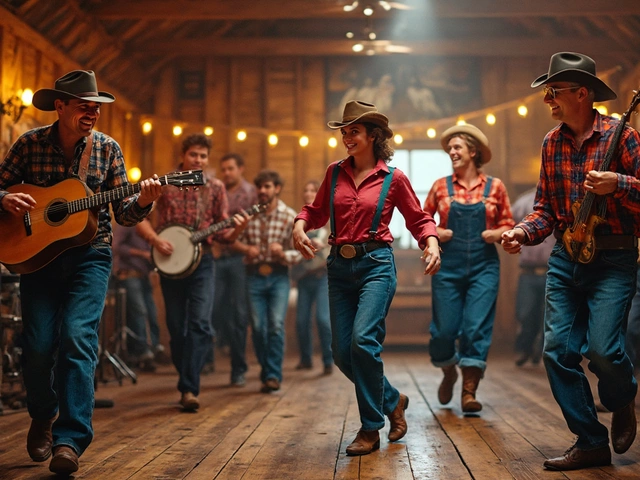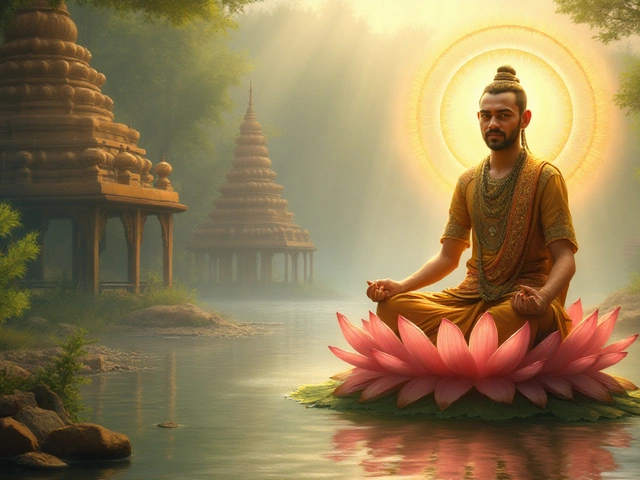Music Training in India: Learn Classical, Folk, and Modern Styles
When it comes to music training, the structured, lifelong process of learning to play, sing, and understand music through disciplined practice and guru-shishya relationships. Also known as musical apprenticeship, it’s not just about scales and notes—it’s about culture, discipline, and identity in India. Unlike Western music education that often starts with sheet music and theory, Indian music training begins with listening, repeating, and internalizing sound. You don’t just learn a song—you learn how to breathe with it, feel its rhythm, and let it become part of you.
This system works because it’s built around two living traditions: Hindustani music, the North Indian classical style rooted in Persian and Islamic influences, using instruments like the sitar and tabla, and Carnatic music, the South Indian system with its intricate rhythmic cycles and focus on vocal precision. Both rely on raga, a melodic framework that defines mood, time of day, and emotional expression. A single raga can take years to master, not because it’s complex, but because every note carries meaning. You don’t just play a raga—you tell a story with it.
But music training in India isn’t limited to the concert stage. It’s alive in village festivals, temple chants, wedding processions, and street performances. From the drumming of Bhangra in Punjab to the folk ballads of Rajasthan, every region has its own way of teaching sound. Even today, kids learn by singing along with their grandparents, copying rhythms on clay pots, or tapping beats on the floor while helping in the kitchen. This isn’t hobby music—it’s heritage passed down in everyday moments.
What makes Indian music training different isn’t the instruments or the scales—it’s the relationship between teacher and student. The guru doesn’t just teach technique; they shape character. Discipline, patience, humility—these aren’t side notes. They’re the foundation. And that’s why someone who trains under this system doesn’t just become a musician. They become a keeper of something older than books, deeper than performance.
Below, you’ll find real guides on how to start, what to expect, and how these traditions still shape music today—from the first note of a beginner’s raga to the soul of a temple drum. Whether you’re curious about learning, or just want to understand why Indian music sounds so different, these articles will show you how it’s done—not just taught.





